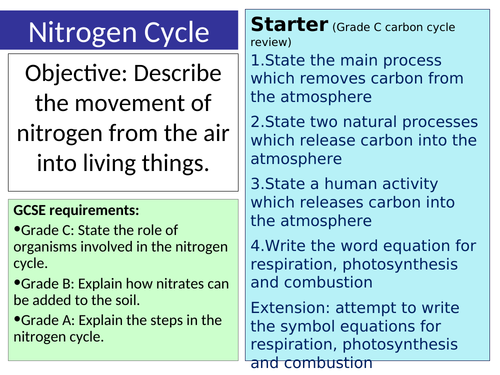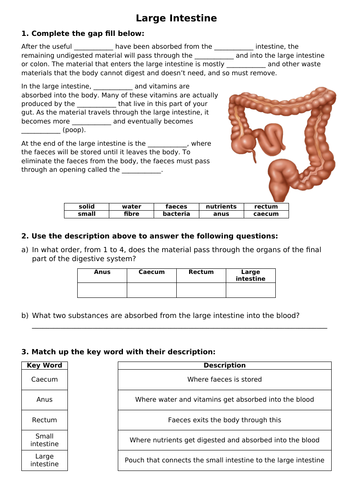Emilypos's Shop
One component of teaching I really enjoy is making resources. I love the creative aspect of it, as well as trying to think of ways to empower student independence and autonomy - as well as make our lives as teachers more straightforward. I am keen to hear what you think of my resources; I like to know what works and if there is anything constructive you think can make these resources better. Now, put the kettle on and take a moment to breathe before your next class :-)


















